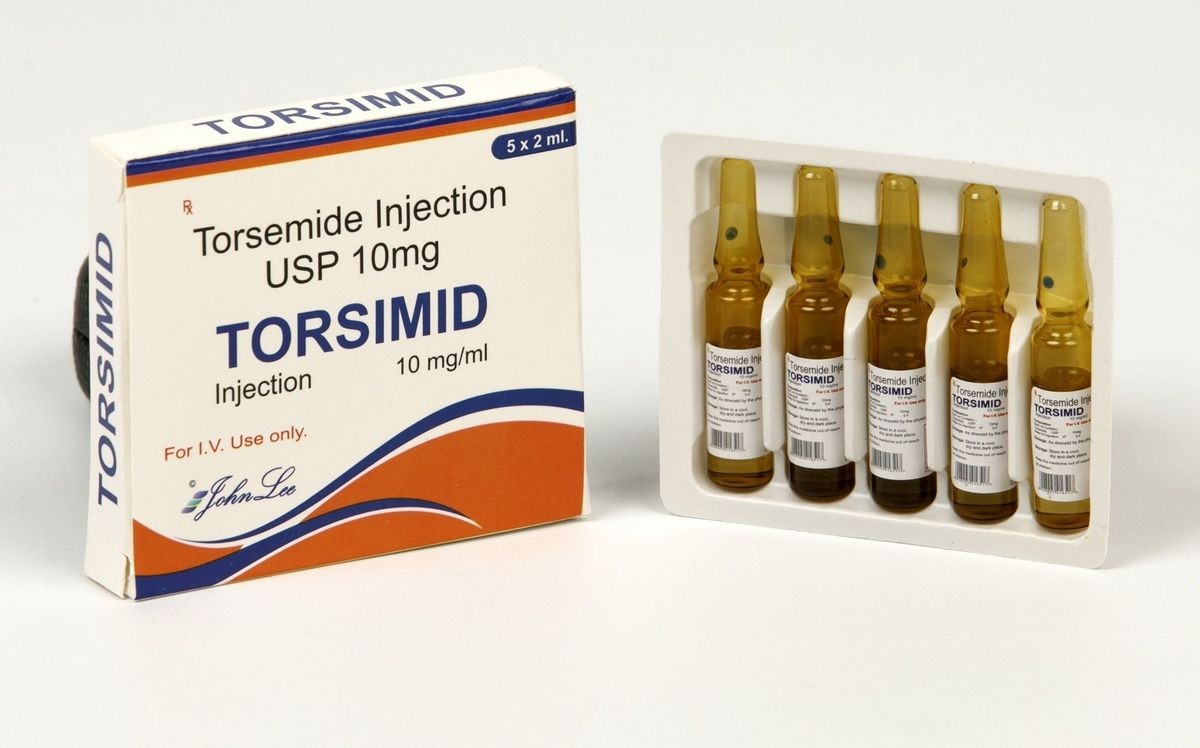
Contents
torsemide – injection, Demadex
Medication Uses How To Use Side Effects Precautions Drug Interactions Overdose Notes Missed Dose Storage USES: This medication is a diuretic (a "water pill") that helps your body get rid of extra water, reducing high blood pressure and improving symptoms such as trouble breathing and swelling. This injectable form of torsemide is used when the drug cannot be taken by mouth or when extra water must be removed quickly, especially in patients with severe medical conditions. HOW TO USE: This medication is given by injection into a vein as directed by your doctor, usually once daily. Dosage is based on your medical condition and response to treatment. If you are giving this medication to yourself at home, learn all preparation and usage instructions from your healthcare professional. Before using, check this product visually for particles or discoloration. If either is present, do not use the liquid. Learn how to store and discard medical supplies safely. It is best to use this medication at least 4 hours before your bedtime. Use it regularly at the same time each day. Do not stop using this medication without consulting your doctor. Tell your doctor if your condition persists or worsens. SIDE EFFECTS: This medication may cause dizziness, headache, loss of appetite, stomach upset, diarrhea, constipation, or pain/redness at the injection site. If any of these effects persist or worsen, tell your doctor or pharmacist promptly. This medication may lead to dehydration. Tell your doctor immediately if you have symptoms of dehydration or mineral loss. Tell your doctor right away if you have numbness/tingling, hearing loss, decreased sexual ability, signs of infection, easy bleeding/bruising, stomach pain, persistent nausea/vomiting, or yellowing of the eyes/skin. A serious allergic reaction to this drug is rare. Get medical help right away if you notice any symptoms of a serious allergic reaction. This is not a complete list of possible side effects. Call your doctor for medical advice about side effects. PRECAUTIONS: Before using this medication, tell your doctor or pharmacist if you are allergic to it, or if you have any other allergies. This medication should not be used if you have certain medical conditions. Before using this medication, tell your doctor or pharmacist your medical history, especially of kidney disease, liver disease, untreated mineral imbalance, gout, or lupus. If you have diabetes, monitor your blood sugar levels regularly. This drug may reduce potassium levels. Ask your doctor about adding potassium to your diet. Use caution when driving or operating machinery. Caution is advised when using this drug in the elderly. During pregnancy, use this medication only when clearly needed. It is unknown whether this drug passes into breast milk. DRUG INTERACTIONS: Drug interactions may change how your medications work or increase your risk for serious side effects. Keep a list of all the products you use and share it with your doctor. Do not start, stop, or change the dosage of any medicines without your doctor’s approval. Check the labels on all your medicines because they may contain ingredients that could increase your blood pressure or cause swelling. OVERDOSE: If overdose is suspected, contact a poison control center or emergency room immediately. Symptoms of overdose may include dry mouth, dizziness, excessive urination, muscle cramps, weakness, or fast/irregular heartbeat.
QUESTION
NOTES: Lifestyle changes such as stress reduction programs, exercise, and dietary changes may increase the effectiveness of this medicine. Laboratory and/or medical tests should be performed periodically to monitor your progress or check for side effects. Have your blood pressure checked regularly while using this medication. MISSED DOSE: If you miss a dose, contact your doctor or pharmacist immediately. Do not double the dose. STORAGE: Consult the product instructions and your pharmacist for storage details. Keep all medications away from children and pets. Do not flush medications down the toilet or pour them into a drain unless instructed to do so. Properly discard this product when it is expired or no longer needed. Information last revised December 2013.
Related Disease Conditions
High Blood Pressure (Hypertension)
High blood pressure (hypertension) is a disease in which pressure within the arteries of the body is elevated. About 75 million people in the US have hypertension, and only half of them are able to manage it. High blood pressure often has no warning signs or symptoms. Systolic and diastolic are the two readings in which blood pressure is measured. The American College of Cardiology released new guidelines for high blood pressure in 2017. The guidelines now state that normal blood pressure is 120/80 mmHg. If either number is higher, you have high blood pressure. The American Academy of Cardiology defines high blood pressure slightly differently. The AAC considers 130/80 mm Hg. or greater (either number) stage 1 hypertension. Stage 2 hypertension is considered 140/90 mm Hg. or greater. If you have high blood pressure, you are at risk of developing life-threatening diseases like stroke and heart attack. REFERENCE: CDC. High Blood Pressure. Updated: Nov 13, 2017.
Edema (Pitting)
Edema is swelling caused by fluid accumulation in the tissues of the body and occurs most often in the legs, feet, ankles, or hands. Learn about different types, symptoms, causes, and treatment.
Febrile Seizures
Febrile seizures, or convulsions caused by fever, can be frightening in small children or infants. However, in general, febrile seizures are harmless. Febrile seizure is not epilepsy. It is estimated that one in every 25 children will have at least one febrile seizure. It is important to know what to do to help your child if he/she has a febrile seizure. Some of the features of a febrile seizure include losing consciousness, shaking, moving limbs on both sides of the body, and lasts 1-2 minutes. Less commonly, a febrile seizure may only affect one side of the body.


